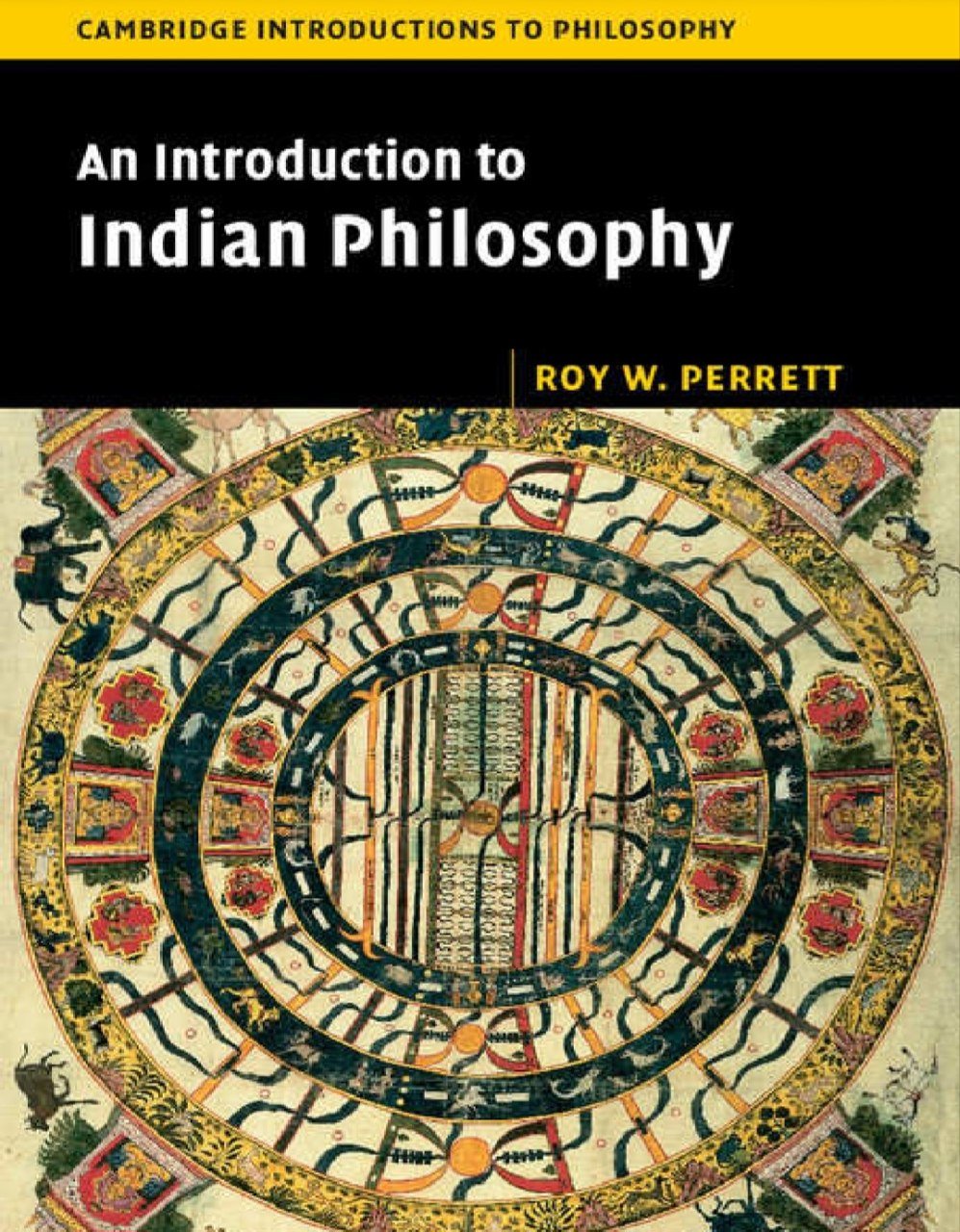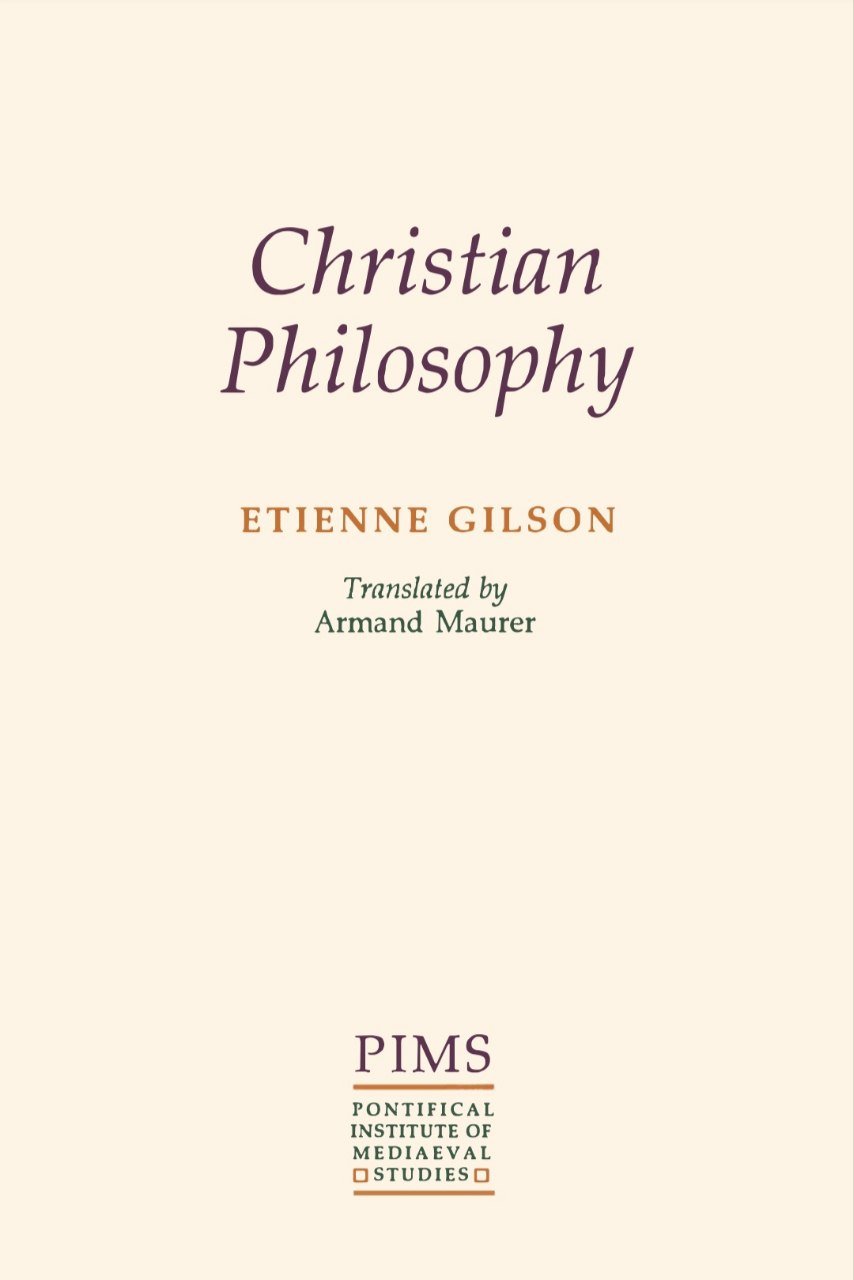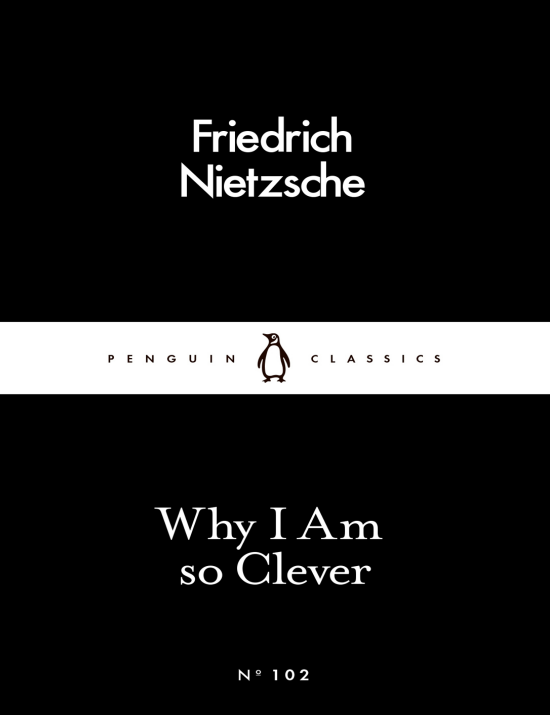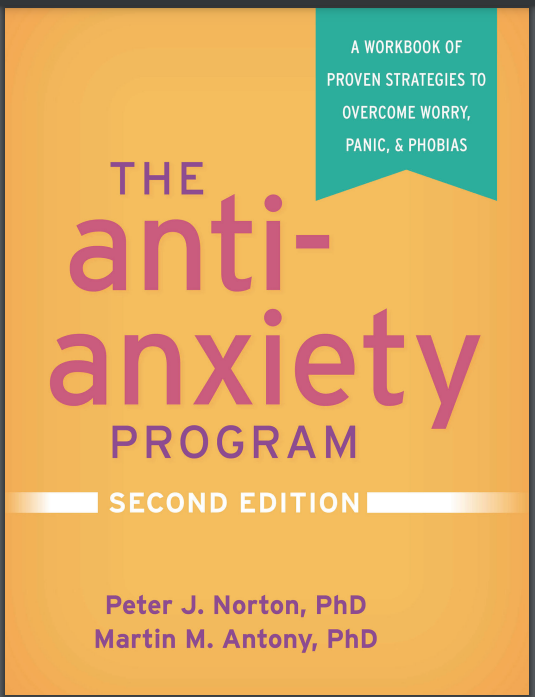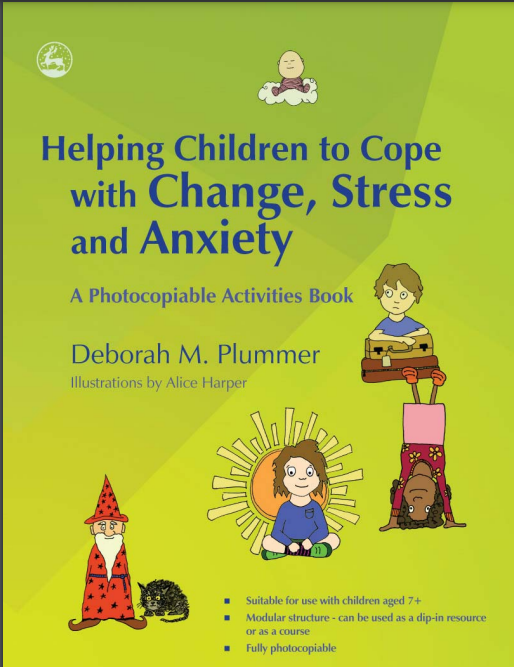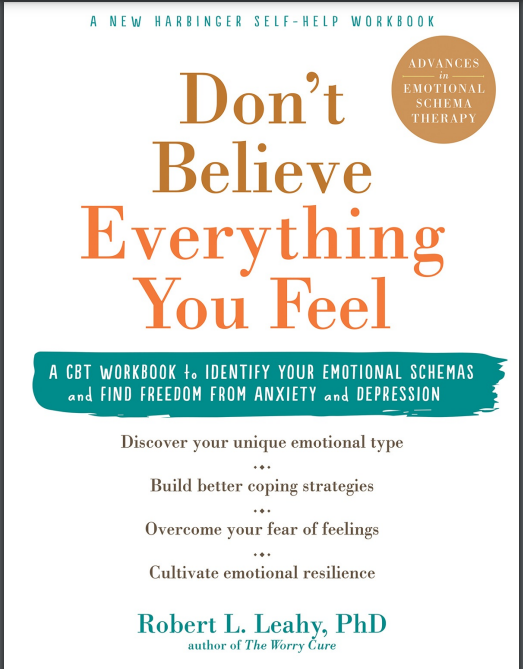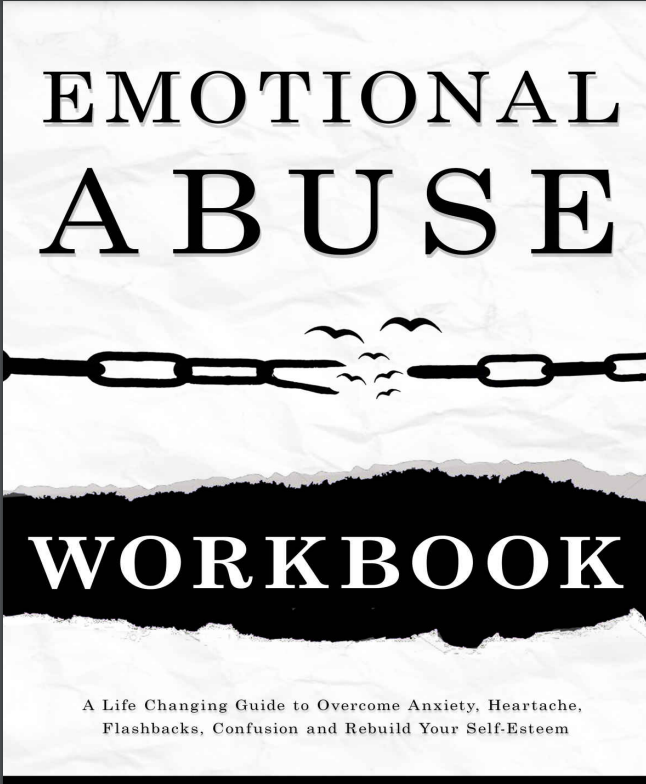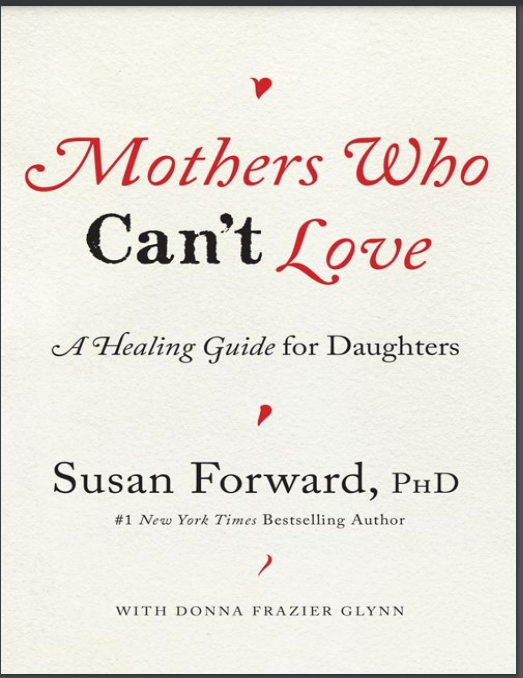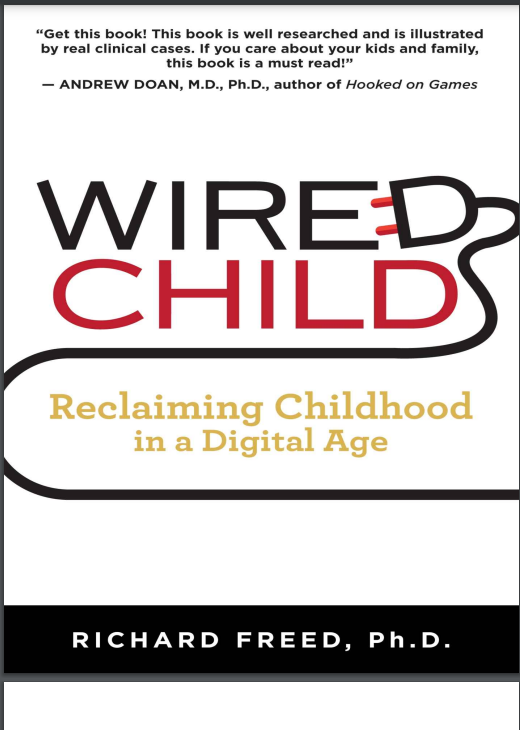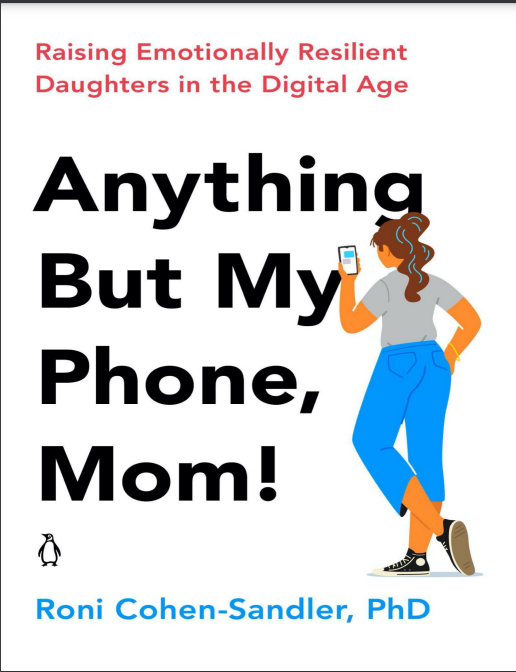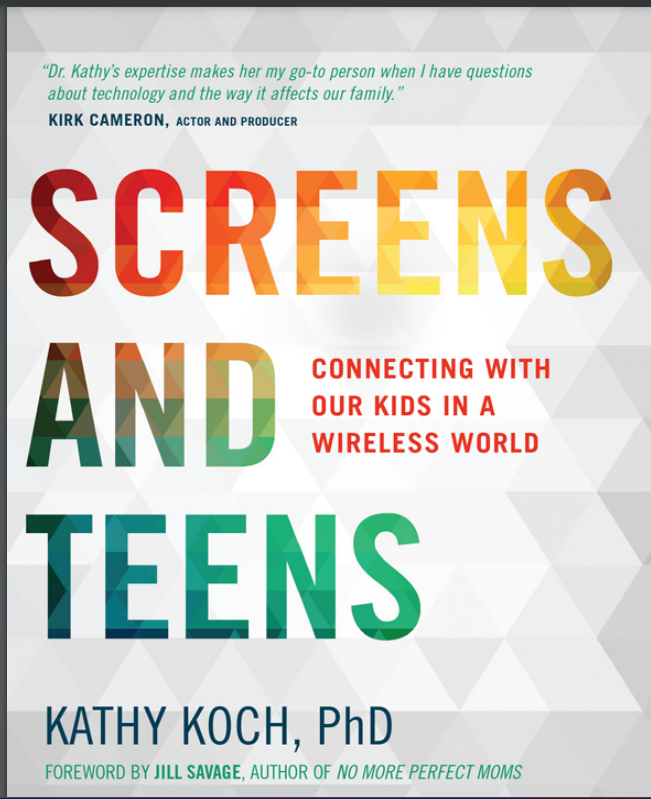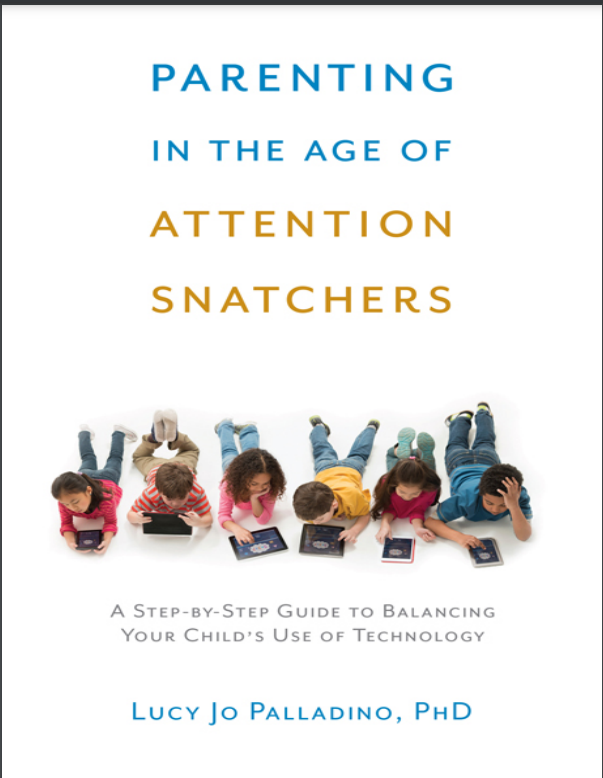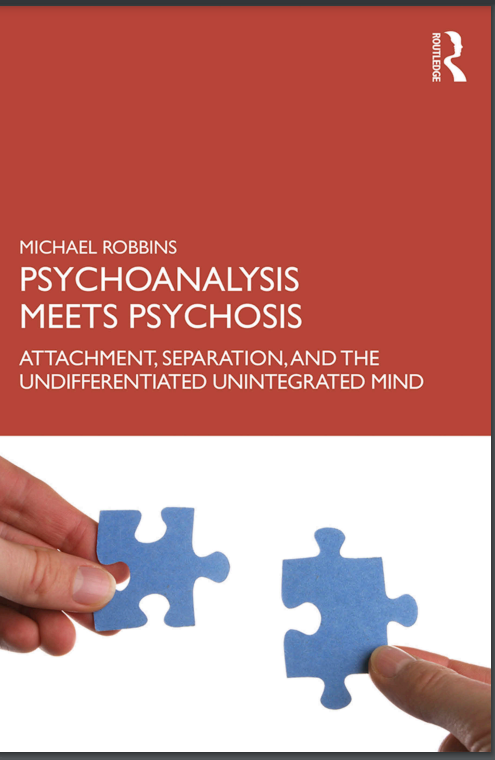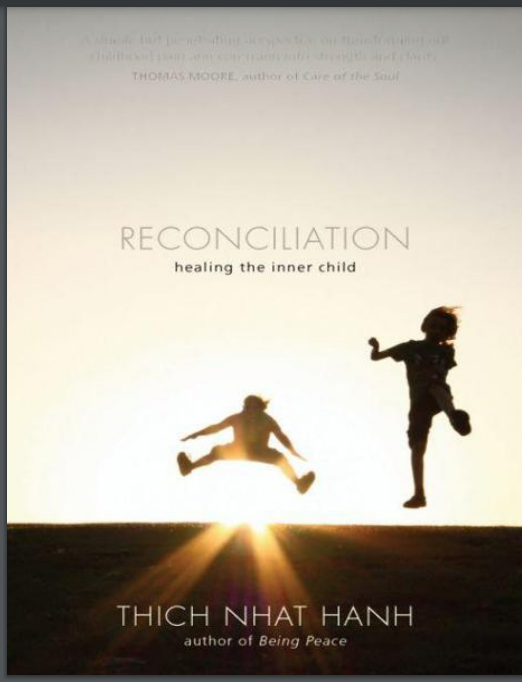

The Seminar of Jacques Lacan: The Object of Psychoanalysis (1965-1966)
Reviews
No review yet. Be the first to review this book!
Description
The Seminar of Jacques Lacan: The Object of Psychoanalysis (1965-1966) is one of Lacan’s critical works in which he explores the concept of the object as it pertains to psychoanalysis. Lacan addresses key aspects of human psychology through the lens of the object of desire, its relationship with the unconscious, and its implications for the theory and practice of psychoanalysis. Key Themes and Concepts: The Object of Desire: In this seminar, Lacan focuses on the nature of the object of desire, which he defines as something the subject seeks but can never fully attain. He identifies the objet petit a (the small "a") as the central object of desire. The objet petit a represents that elusive, unattainable object that is the source of the subject's desire. It is not a material object, but rather a symbolic representation of what is lacking in the subject’s life. This object is intimately tied to the subject's lack or castration, which drives their unconscious desires. Desire and Lack: Lacan emphasizes that desire is not about fulfilling basic needs or wants but about trying to address an essential lack within the subject. This lack originates from the moment of castration or separation, when the subject is confronted with their own vulnerability and incompleteness. The desire to recover or fulfill this lack shapes the way the subject interacts with the world, creating an endless pursuit of the objet petit a. This lack is not something that can be filled, as the objet petit a is always beyond reach, thus ensuring that desire remains a continuous and unfulfilled process. The Imaginary, Symbolic, and Real Orders: Lacan further expands upon his model of the three orders: the Imaginary, the Symbolic, and the Real. The Imaginary is concerned with images and identifications (including the mirror stage, where the child first identifies with their image). The Symbolic is the realm of language, law, and social structures, where the subject enters into relationships with others. The Real, according to Lacan, represents that which is beyond symbolization and resists being captured by language or imagery. The object of desire (objet petit a) is often associated with the Real because it cannot be symbolized or fully integrated into the Symbolic order. The Role of the Analyst: Lacan highlights the role of the psychoanalyst in helping the patient understand and engage with their unconscious desires, including the nature of the object of their desire. The analyst’s function is not to fulfill the patient’s desires but to help the patient confront their desire and recognize its role in structuring their unconscious. Through this process, the patient gains insight into how their desire is related to their sense of lack and how they can reorient themselves to their own subjectivity. The Object and the Phallus: Lacan also delves into the symbolic importance of the Phallus in psychoanalysis. The Phallus is not a literal organ but a symbolic object that represents power, authority, and the law. It plays a central role in the formation of the subject’s desire and in the development of gender identity. Lacan discusses how the subject’s relationship with the Phallus shapes their perception of themselves and others, particularly in relation to the concept of castration and the feeling of lack. The Object in the Context of Fantasy: Fantasy plays a significant role in Lacan’s understanding of the object of psychoanalysis. Lacan argues that fantasy is the structural formation that organizes the subject’s desires around the unattainable object (objet petit a). Fantasy is not merely an escape or distraction, but an essential structure of the unconscious, which provides a framework through which the subject understands their desires and their relationships with the world. The Role of Language: Lacan’s seminar continues to emphasize the crucial role of language in psychoanalysis. The subject's unconscious desires are structured by the way they use language, and the object of desire is often embedded within the subject’s language. Lacan draws attention to how language shapes the subject’s interaction with the world and the unconscious, where the object of desire is articulated and represented. The Death Drive and the Object: Lacan touches on the death drive as it relates to the object of desire. The death drive, according to Lacan, is a fundamental force that drives the subject towards destruction or an unattainable state of perfection. The subject’s pursuit of the objet petit a is connected to the death drive, as the subject is drawn to something that is fundamentally beyond reach and will always lead to frustration, making the process of desire an endless one. The Object of the Drive: The drive is closely connected to the object in Lacanian psychoanalysis. Drives are not needs or instincts but are instead the repetition of a process aimed at reaching the unattainable object. Lacan distinguishes between the drive and the instinct, with the drive representing a circular movement toward the object of desire rather than a goal-oriented fulfillment. Conclusion: In The Seminar of Jacques Lacan, Book XVI: The Object of Psychoanalysis (1965-1966), Lacan offers an in-depth exploration of the object of desire and its fundamental role in psychoanalytic theory. By analyzing the relationship between the subject, their desire, and the unattainable object (objet petit a), Lacan provides a framework for understanding the dynamics of the unconscious. The seminar is foundational for psychoanalysts and theorists interested in the intersection of desire, lack, and subjectivity, and it lays the groundwork for understanding how psychoanalysis can address the formation of identity and subjective reality. Lacan's exploration of the object, in relation to the Imaginary, Symbolic, and Real, continues to shape contemporary psychoanalytic thought.











































.jpeg)

.jpg)



.png)

.jpeg)



.jpeg)
.jpg)

.jpg)









.jpg)

.jpg)

.jpg)






.jpg)
.jpeg)


.jpg)




.jpeg)




.jpg)










